
Special Experience
Gifu
【April to November Only】Communion with the Forest through Craft and a Guided Forest Walk – Lacquer Traditions and Tea Ceremony in Hida-Takayama –
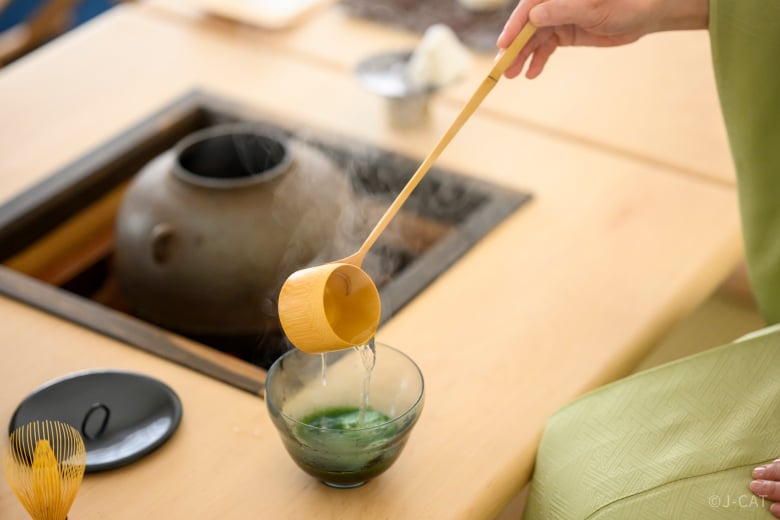
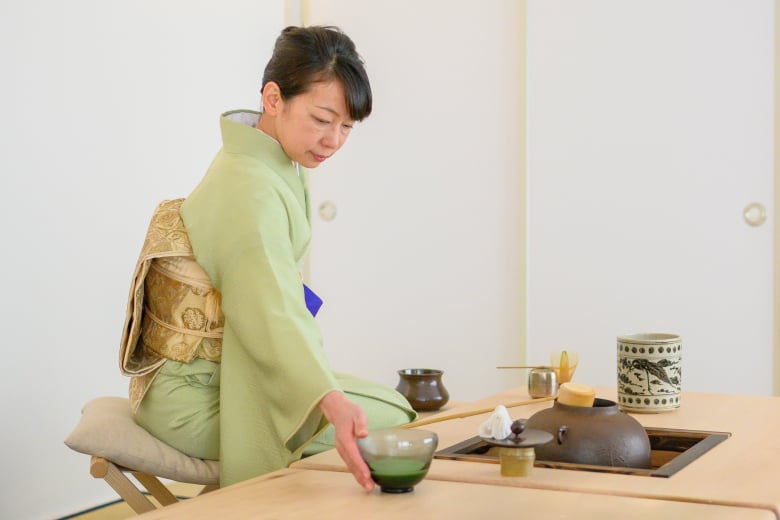
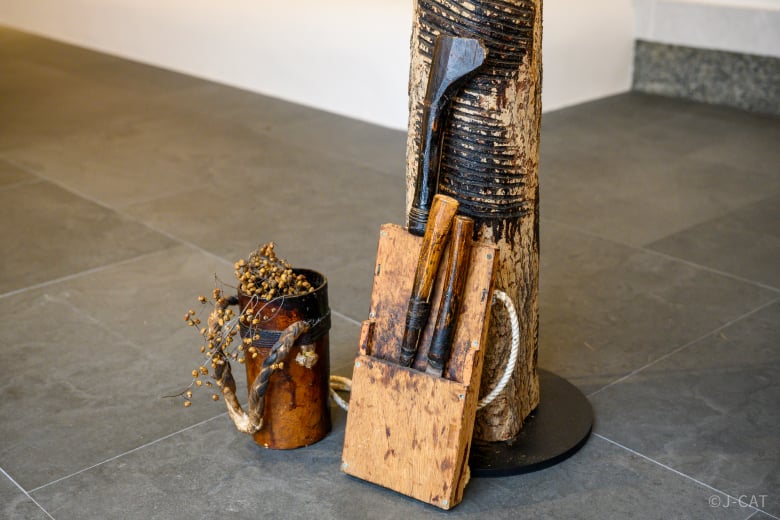

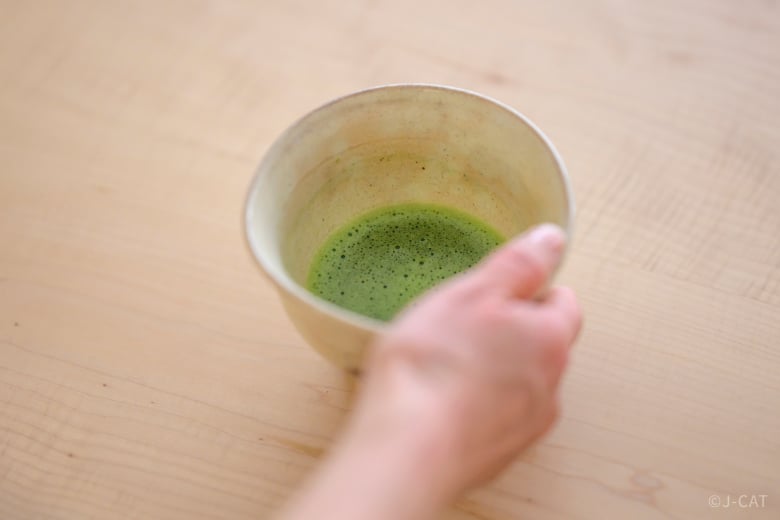
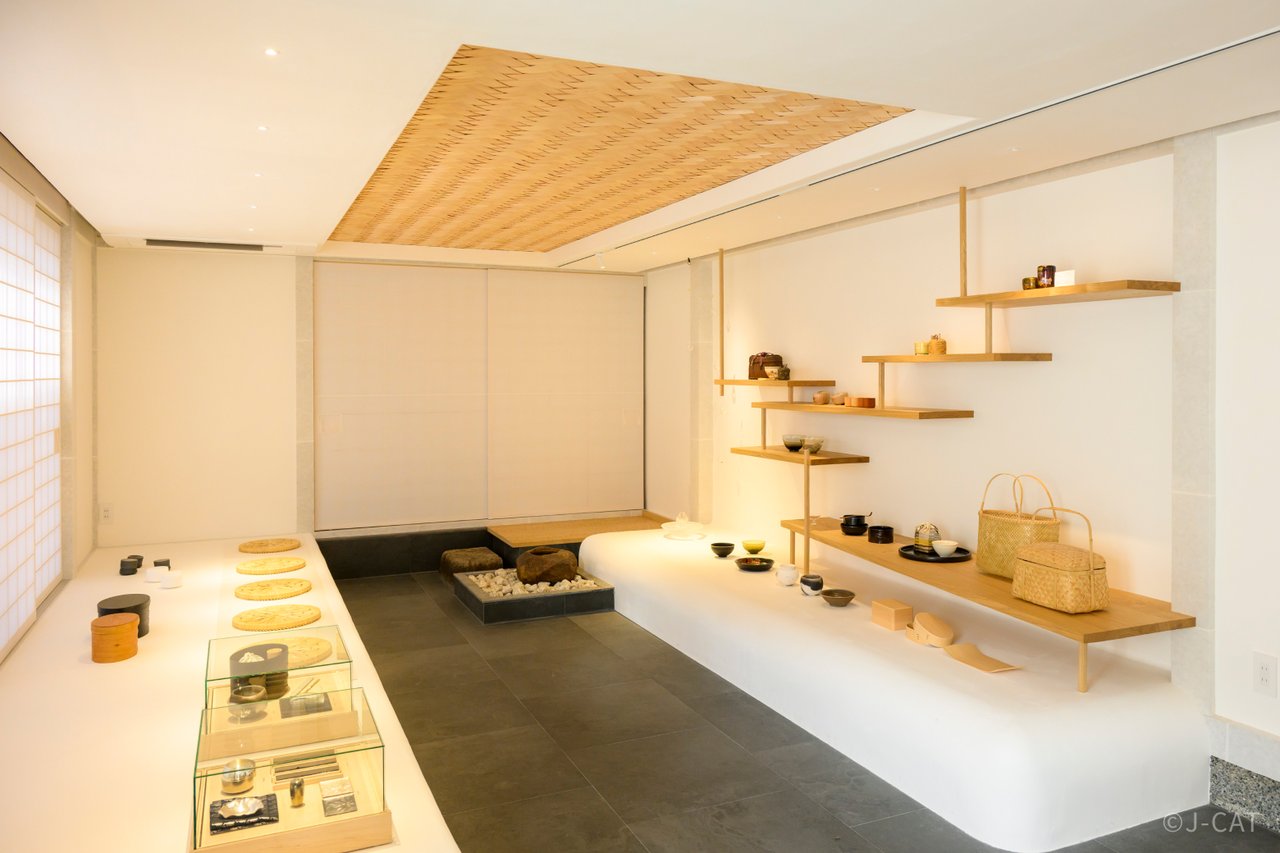
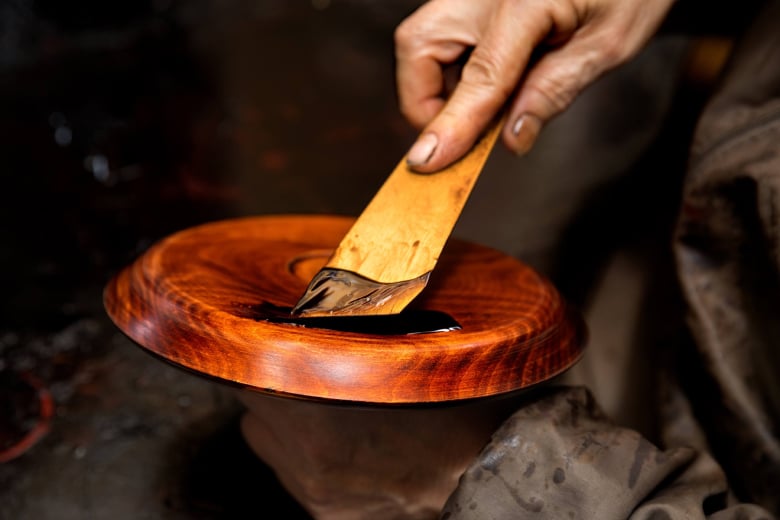
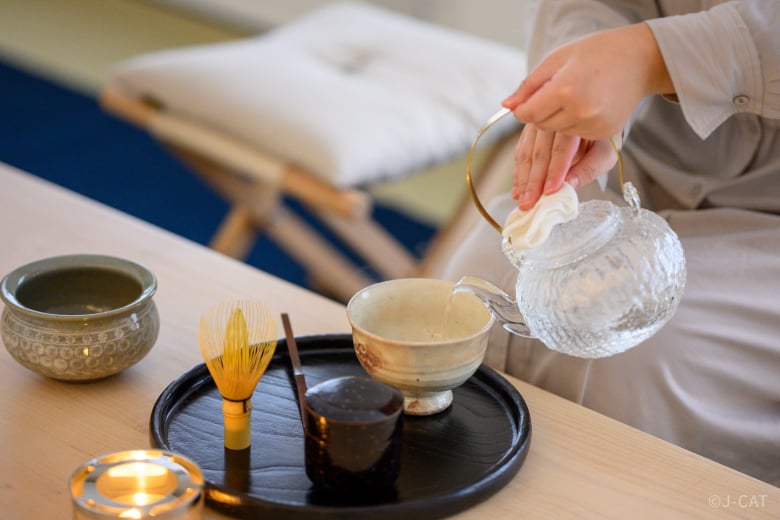

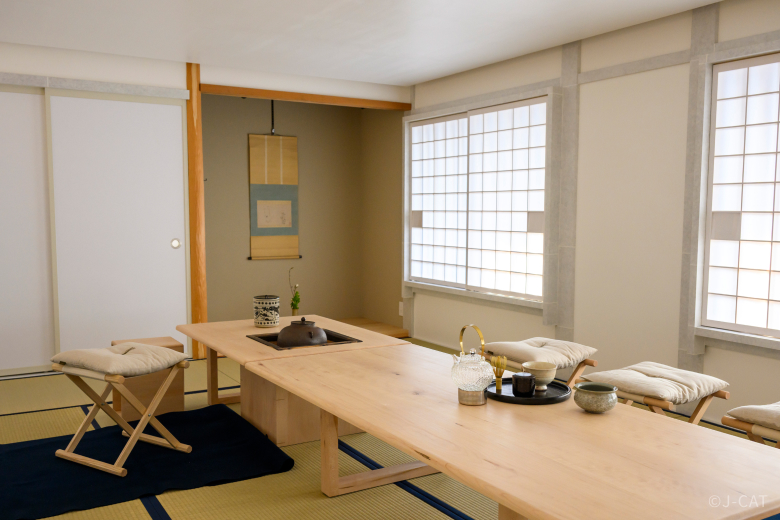
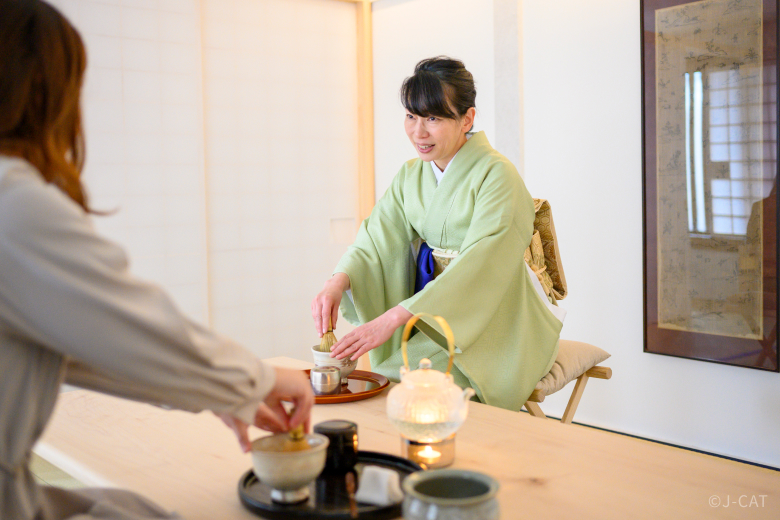
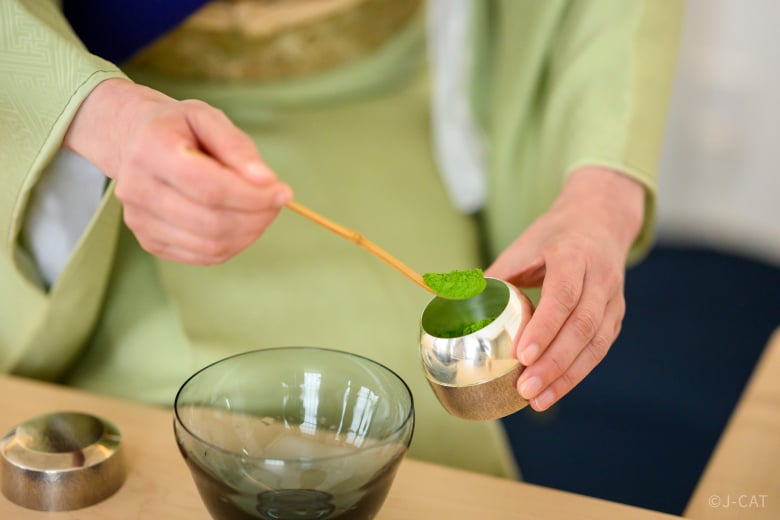
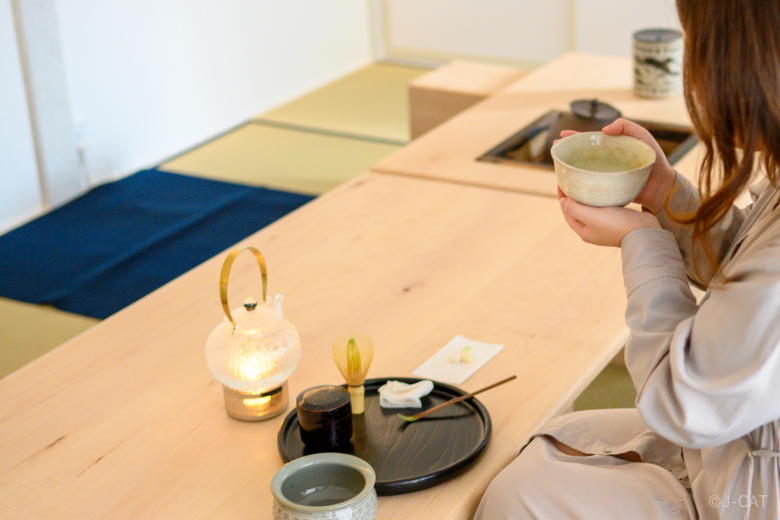
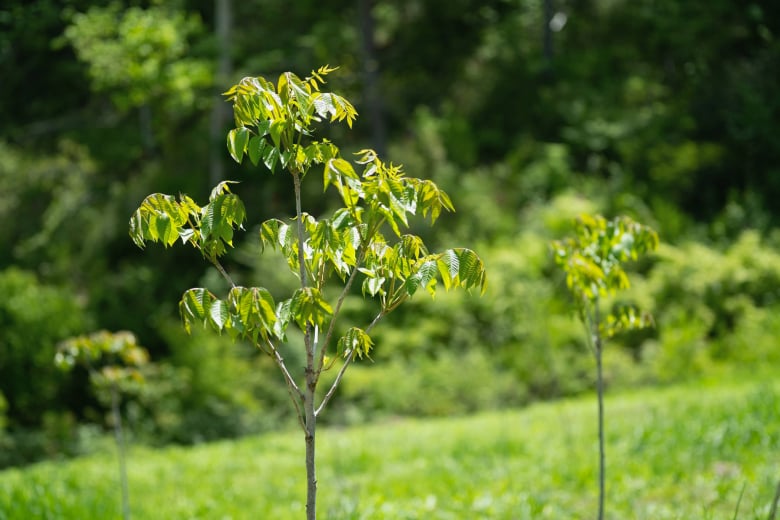
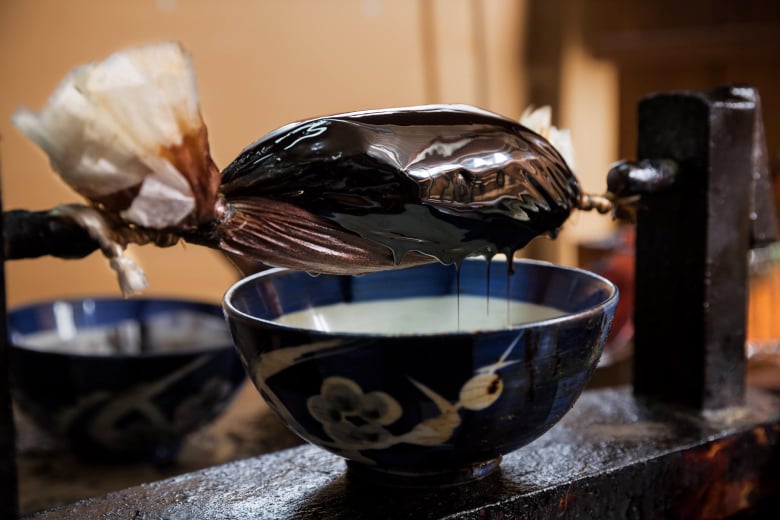
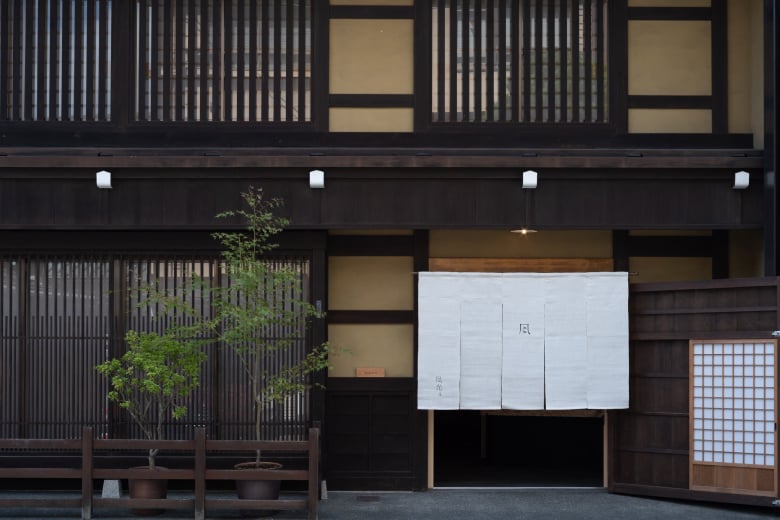
















Overview
Experience the rich nature, craft traditions, and tea culture of Hida-Takayama in this exclusive Wabunka plan. Learn about Hida’s historic lacquer culture and conservation efforts with a tour of its urushi lacquer tree forest – normally closed to public visits – before heading to the tearoom of gallery shop Kazehikaru for a modern traditional tea ceremony. Discover the deep charms of tea and traditional pottery made from natural materials, and their power to bring people and the forest closer together. Immerse yourself in Hida culture and reconnect with nature through all five senses.
Key Features
・Visit the urushi lacquer forest of Hida with a guide to learn about the region’s lacquer culture and conservation efforts, exclusively with Wabunka
・Experience Hida’s Sowa style of tea ceremony in a tearoom brimming with the atmosphere of the Hida-Takayama forest, the changing seasons, and deep craft traditions
・Commune with the forest and experience its cycle of interplay with human life through natural craft tools made from its natural bounties
*You may also be interested in this experience in the same location:
The Tea Tradition and Craft of Hida: A Unique Tea Experience with Masterful Woodcarving and Traditional Tea Rooms
Gifu
150mins
from ¥41,000 /person
1 - 4 participants
Available in English
Cancel free up to 5 days prior
Details
A Unique Space Permeated with Tea Tradition and Craft Culture
Nestled in the historic townscape of Hida-Takayama, Kazehikaru is a unique space where people can commune with the forest and its blessings through artisanal crafts and tea. Experience Japanese culture to the fullest here, enjoying tea made with and served in beautiful handicraft utensils showcasing artisanal talent.

Kazehikaru, a fifteen minute walk from Takayama Station
Kazehikaru houses a first-floor gallery space and a second-floor tearoom. Tea ceremony places great emphasis on treating people, tea, and utensils alike all with great care and respect – making it in some ways an extension of the attitude of the artisans who craft those same utensils. Kazehikaru carries such tea ceremony accoutrements inspired by and forged from nature, and offers an experience in which the beauty of tea ceremony merge seamlessly with that of traditional crafts.

Local temple and shrine carpenters helped bring this unique interior space to life
The shop’s interior is dripping with artisanal luxury, decked out in natural materials crafted with masterful age-old techniques. The natural warmth of forest wood and soft texture of plaster create a place of absolute cozy repose.
Lacquer Culture and the Cycle of the Woods in a Special Tour
The experience begins with a guided Wabunka-exclusive forest visit, managed by the Hida Urushi no Mori Project (“Hida Urushi Lacquer Forest Project”). In the urushi lacquer tree forest, normally off limits to visitors, you can learn about the lacquerware culture of Japan dating back over the millennia to the prehistoric Jomon Period (approximately 13,000-3000 BC), as well as local forest conservation efforts. In addition to its famous shunkei-nuri lacquerware tradition, Hida also abounds with historical, religious, and cultural sites and artifacts which require expert lacquerware techniques to maintain. The Hida Urushi no Mori Project works to revive and reinvigorate lacquerware traditions and pass them on to future generations through an emphasis on sustainable local lacquer cultivation.

A portion of the proceeds from this experience is used toward conservation of the urushi lacquer forest
Your guides in the woods are part of these efforts. Urushi lacquer tree take fifteen years to reach maturity, culminating in a single harvest after which they are cut down. New sapling sprouts from the stumps of the old, and the cycle is repeated. This growing, harvesting, and felling becomes the rhythm of the forest and its people.

In the hands of artisans, the rich blessings of the forest become beautiful lacquerware (lacquer itself and the process of extracting or applying it are not available for viewing in this experience)
Stop along the way to visit a restoration of a prehistoric “pit dwelling” for a glimpse of what daily life was like during Japan’s Jomon period, and discover the knowledge and early technology of the generations that first developed lacquerware traditions. Observe urushi lacquer trees that have grown to a height of approximately two meters, and learn up close about the cyclic interplay between tradition and nature.

A reconstructed pit dwelling offers insight into everyday life during Japan’s Jomon period
Enjoyment of Authentic Sowa Style Tea Ceremony
After your walk through the urushi lacquer forest, sit down to a tea ceremony at Kazehikaru. In the second floor tatami tearoom, learn all about the spirit of tea ceremony through instruction in brewing, serving, and enjoying matcha from the shop’s owner and Sowa style tea ceremony master Minotani.

Minotani performing tea ceremony
Japanese tea ceremony comes from many distinct traditions and lines of descent, referred to as schools or styles, each with their own aesthetic. The Sowa school was founded by Sowa Kanamori, a samurai and tea master from here in Hida Takayama. His style of tea ceremony found great popularity and influence in the salons of Japan’s imperial family and court nobles, including Emperor Go-Mizunoo (the 108th emperor of Japan). Because of the school’s preference for elegant accoutrements and its sophisticated aesthetics, it was nicknamed Hime Sowa, or “Sowa of Princesses.”

Washi paper windows bathe this modern traditional space in soft light
The words “tea ceremony” may very well call to mind images of kneeling in the formal seiza position, but Kazehikaru uses tables and chairs for a more relaxed and informal experience. Enjoy the beauty and spirituality of tea ceremony without being bound by formality.
Stillness and Movement: a Tea Ceremony in Two Parts
The tea ceremony experience progresses through two phases: Begin by watching Tea Master Minotani perform otemae, the ceremony of brewing and serving, with elegant artistic movements in silence. Luxuriate in a slow moment of communing in spirit with your companions, your inner self, and the nearby forest in tranquility through tea.

The elegant silence of the tea ceremony
Kazehikaru values affinities across time, amply demonstrated in the use of works by contemporary artists alongside antiques such as hanging scrolls and incense burners from the Edo period (1603-1868). The accoutrements are changed with the seasons, and the sweets that accompany the tea also come in seasonal colors to fully bring out the visual pleasure of the ceremony. Delight in these light sweet treats that pay homage to Takayama’s seasons, and relish a space that melds tradition with modern comfort.

Hida-Takayama’s traditional shunkei-nuri lacquerware and seasonal wagashi sweet treats
After your meal, try your hand at brewing matcha yourself under the master’s careful guidance. With her instruction, you will find yourself making excellent matcha in no time. You’ll use different tea bowls than the ones she served you with, so be sure to take a moment to appreciate how serveware alone can change the aesthetic and experience.

Experiencing the depth of tea ceremony with an instructor
A Place of Affinities and Connections: People to Forest, Tea to Crafts
Kazehikaru’s tea room is designed to bridge authentic tradition with the comforts of modern space, drawing on the tea ceremony ideal of “ichizakonryu” – performing together as a unit – so that host and guests play off each other to create a singular and unified experience. At Kazehikaru, an extraordinary balance of tradition and modernity is part of that unity.

The beauty of the utensils is best understood by using them
The legacy of Hida’s lacquer culture shines bright in the tearoom utensils and decorations. Urushi lacquer trees grow for years before being given new life as pieces of art by artisans. The forest grows luxuriant through a cycle of interplay and mutual care with people, just as tearoom and tea ceremony foster joy and connection among those who take part. The forest and people resonate in harmony through lacquer, and nature and culture form a symbiotic feedback loop. Feel yourself part of this grand cycle at Kazehikaru.
Kazehikaru

Kazehikaru
Nestled in the historic townscape of Hida-Takayama, Kazehikaru was conceived of as a place where people could commune with the forest through crafts and tea. It provides unique experiences blending tradition with modernity, and works to conserve the Hida urushi lacquer forest and the lacquer culture it makes possible. Kazehikaru’s first floor gallery exhibits and sells traditional local crafts and the works of contemporary artists, while its second floor tea room offers an easygoing experience in Hida-Takayama’s traditional Sowa style of tea ceremony.
Location
Kazehikaru
Takayama, Gifu
Request for booking
Select first preferred date (JST)
December 2025
Sun
Mon
Tue
Wed
Thu
Fri
Sat

Instant Booking

Request Booking

17
Full

17
Unavailable
Gifu
150mins
from ¥41,000 /person
1 - 4 participants
Available in English
Cancel free up to 5 days prior
Things to know
Contact Us
If you have any questions, please contact us using the form below.
We also accept bookings from corporate clients and travel agencies.